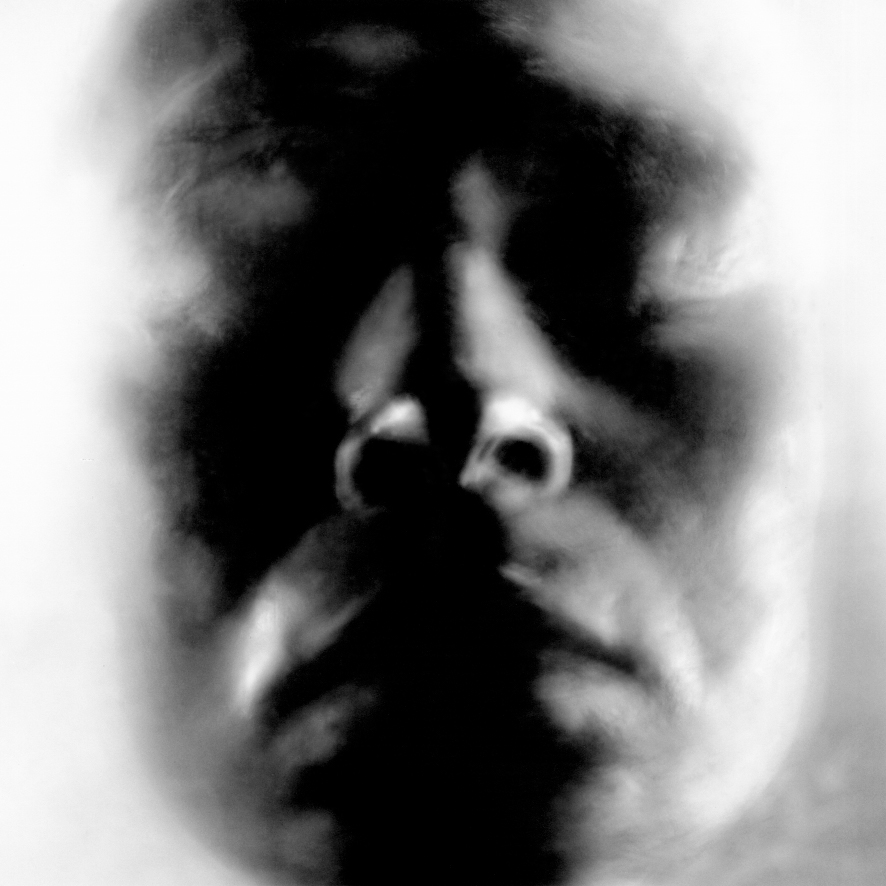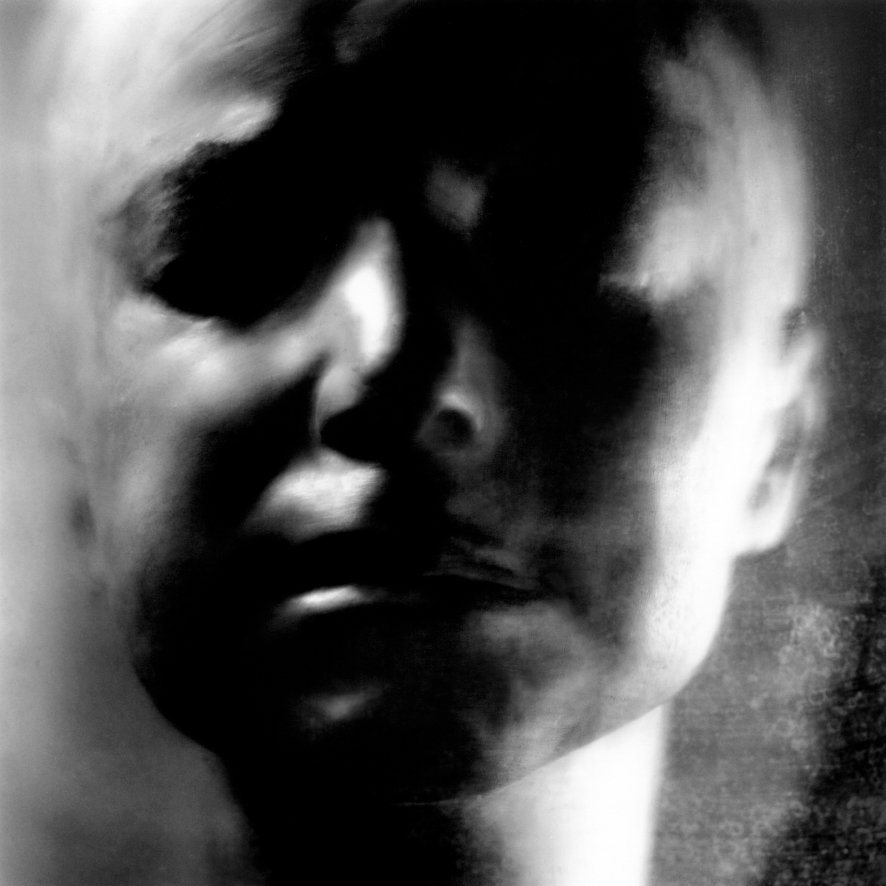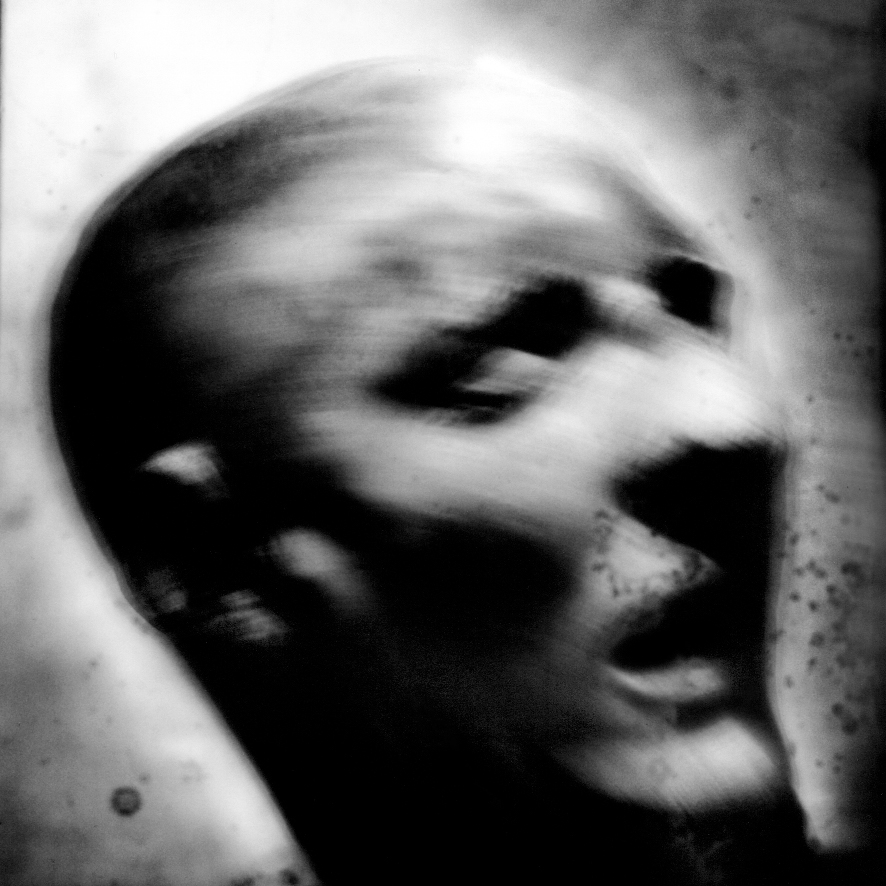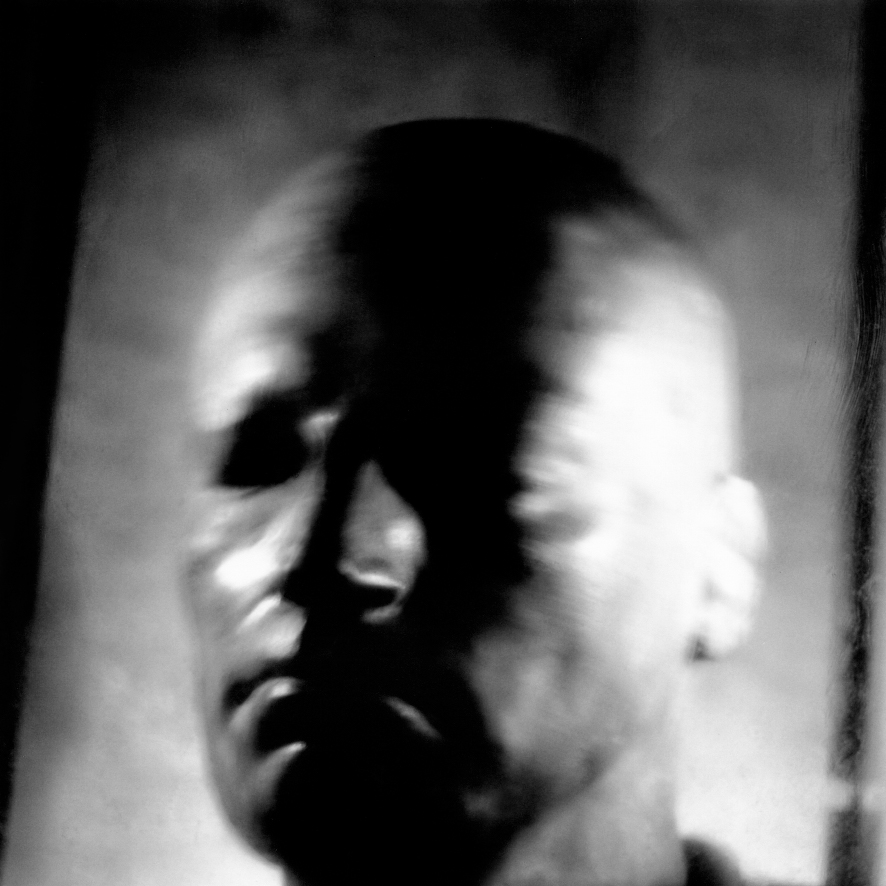BACKGROUND
This project was initiated in August 1996. At this time it came to our knowledge that the Museum of Natural History in Gothenburg, Sweden, had a collection of old castings made out of plaster in their archives. When we first saw these castings of human heads we were immediately fascinated by their strong expressions. The staff did not have much information about their history except that they were made during the period 1830-1920 by scientists who researched measurements on heads. They wanted to prove a connection between the physiognomy of the head and particular human character traits. Many of the castings were made after death. The individuals to whom the faces belonged came from a wide spectrum of social classes. They are united by the fact that they became scientific data and were used as evidence in the persecution of societys unwanted. This branch of science was called phrenology. Phrenological ideas deeply influenced scientists working in anthropology and criminology in their pursuit of finding methods for identification and classification of human types. Their work cooperated well with the political ambitions of many European countries: the preservation of the social classes as well as the justification of colonial expansion. During the 1930s these ideas advanced in Germany and were used as an ideological base for the events leading to the Holocaust. In our time the biological view upon the human being is gaining ground in many fields of science. In psychology the psychobiological field is rapidly expanding and has presented important results within psychology in the past few years. Old ideas are being picked up again. Some argue that criminal potential is preprogrammed within an individuals genes. The similarities between the studies made on the plaster heads and todays genetic research are sometimes frightening. When science is advancing rapidly we believe historical awareness should be a vital part of current ethical discussions.
THE PHOTOGRAPHS
After photographing the faces in Gothenburg we went on to visit institutions across Europe that kept similar collections - Museum für Völker-künde in Dresden, Naturhistorisches Museum in Vienna, Instituzione di Biologia Sperimentale in Bologna and Musée de l’Homme in Paris. We wanted to photograph them in a way that would create an uncertainty in the eye of the viewer. Is it the image of an object or the image of a living person. By doing this we felt that the anonymous heads would transform from being scientific evidence back to the individuals they once were. The work resulted in 21 photographs enlarged onto transparent lithium film mounted in metal lightboxes each being one square metre in size. They were exhibited at Red Stone Center of Art in Gothenburg in 1998.















